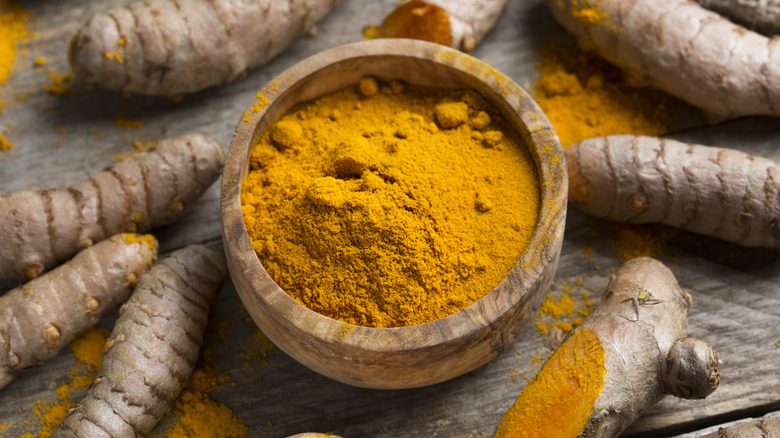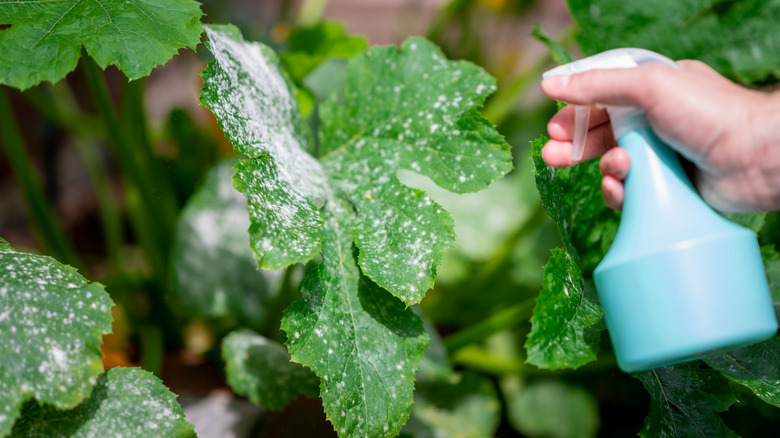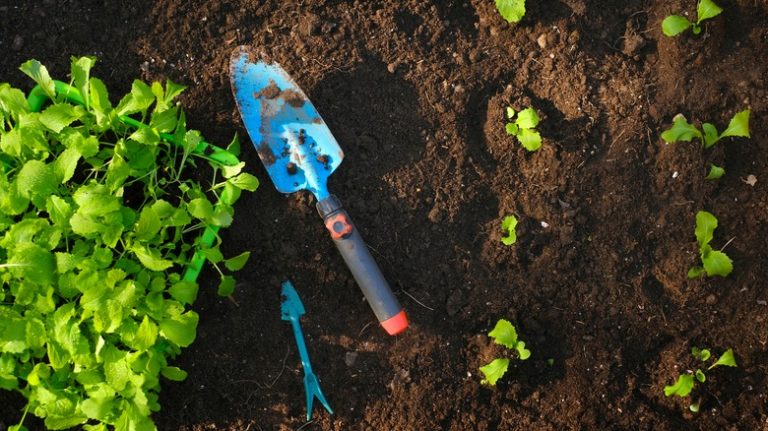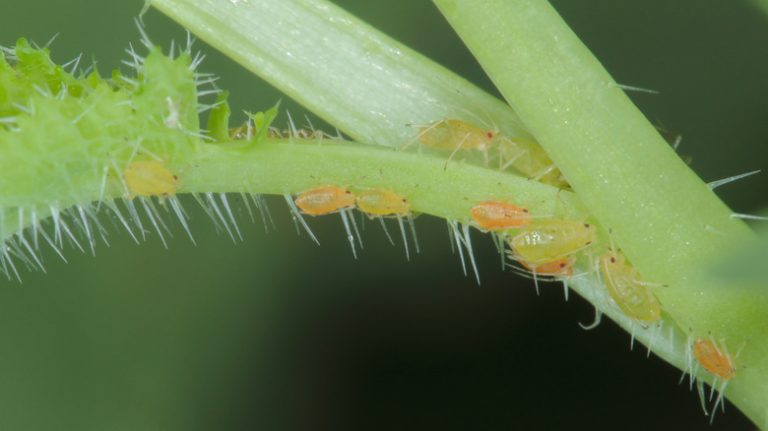If you have a home garden, then you’ve probably noticed that some of your plants tend to acquire a powdery residue on them as though they were sprinkled with powdered sugar. Powdery mildew manifests in various ways depending on the plant, but it generally has similar characteristics every time: white and powdery. This disease is caused by different types of fungi, including podosphaera and microsphaera, and can affect most plants in your garden, even trees. These fungi release spores, which make up the powdery substance. Once one plant is affected, the rest will follow because the powder is spread easily by the wind, so you have to nip it in the bud once you see it. Fungicides can be unreliable, especially when they grow resistant to the fungi. You can keep the fungi out of your garden with a common kitchen spice instead by grabbing the turmeric from your cabinet.
The implications of powdery mildew in your garden can be dire. These spores blow in from other places into your garden and wreak substantial havoc on it. Mildew covers the leaves and greenery of your plants, causing them to turn yellow and die. Withered leaves mean no photosynthesis, which leads to dead plants. This disease also affects other parts of the plant, including the fruit. You can take down the powdery mildew coating your garden’s leaves with just two ingredients: turmeric and ash.
Turmeric and ash destroy the fungi’s cells

Turmeric may not strike you as the go-to cure for powdery mildew in your garden, but there is actual evidence backing up the popular orange spice. Studies show that turmeric has anti-fungal properties that impact plant pathogens. Turmeric leaf extract has been proven to be an effective anti-fungal by stopping the spores from germinating entirely.
You will need just two ingredients to prepare your anti-fungal dust: turmeric powder and wood ash in a ratio of 1:2. Thoroughly coat the affected plants with this mixture to prevent spores from even having a chance of taking hold when they land in your garden. Be sure to do this on a morning without wind or breeze so the mixture doesn’t get blown off. This is a great way to treat an active case of powdery mildew and prevent fungal spores from attaching to the leaf and other plant parts. You can also create a paste by combining turmeric powder with water until it reaches a spreadable consistency that can be applied to plant leaves. This will make it even more difficult for spores to attach themselves without getting destroyed by the spice.
Potassium bicarbonate is another promising fungicide against powdery mildew

If you don’t have turmeric, but you still need to get rid of the powdery mildew pandemic in your garden, you can reach for the potassium bicarbonate in your gardening drawer instead. This organic compound is a well-known fungicide that quickly neutralizes spores. For a quick recipe, start with a gallon of water and pour in 1/2 teaspoon of dish soap and 1 tablespoon of potassium bicarbonate. Mix it well and transfer it to a spray bottle. Coat the affected areas of the plant with the mixture for an effective banishment.
Because powdery mildew typically blows in from other locations, its presence is unexpected. However, if you’ve had a mildew outbreak in your garden before, then it can happen again because some of the spores could still be hanging around your garden waiting to be activated. You can take steps to prevent this disease from overtaking your yard by selecting powdery mildew-resistant plant varieties. Another preventive measure is to space out plants to give room for proper air movement. Congestion makes it easier for spores to bounce from plant to plant, so give them some breathing room. In addition to all this, keep a close eye on your garden. Powdery mildew prefers to attack new growth, so you know which parts to look out for before it strikes.




